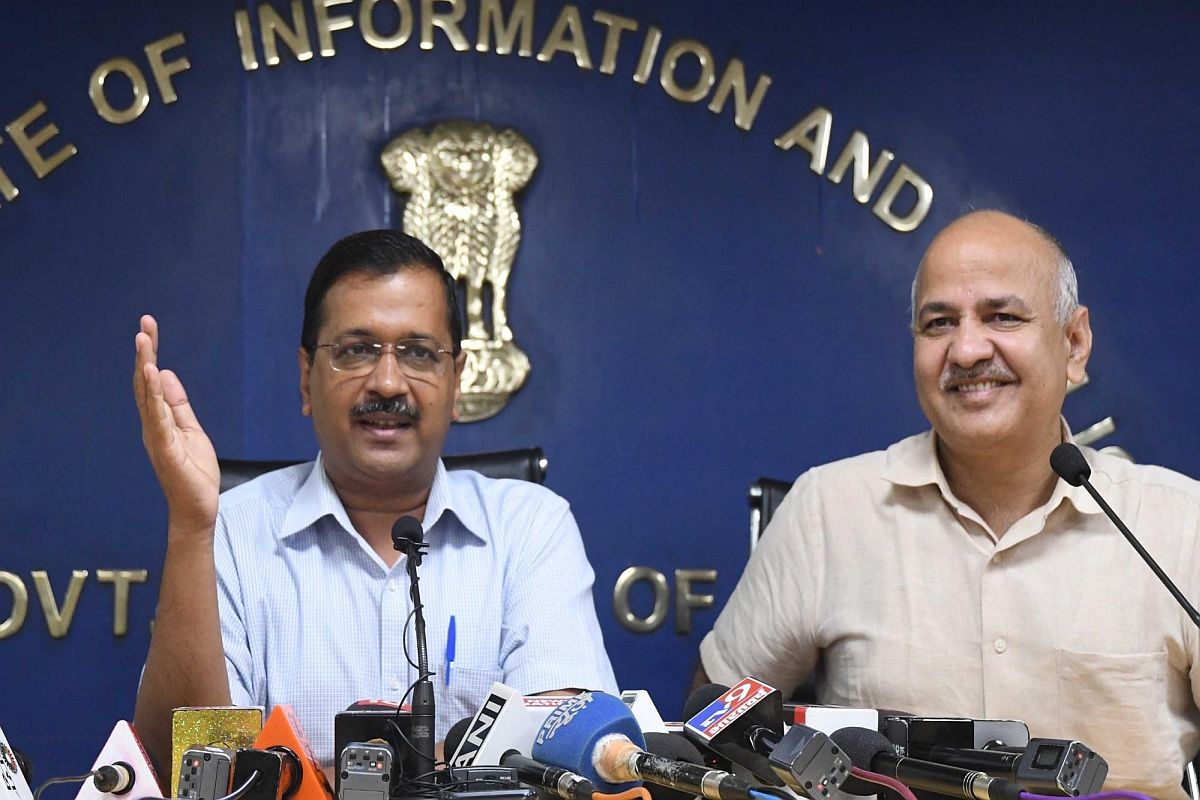Delhi PWD Minister inspects development projects
During the inspection, Minister Pravesh Verma took stock of three important projects. The first is from Bhoro Marg to Sarai Kale Khan where road strengthening work is going on till the ring road.
The Ministry of Earth Sciences’ air quality monitoring service, SAFAR, had earlier predicted that the city’s overall air quality index (AQI) would enter the ‘severe’ category on Monday.

Delhi Chief Minister Arvind Kejriwal along with Deputy Chief Minister Manish Sisodia during a press conference. (File Photo: IANS)
Chief Minister Arvind Kejriwal said the post-Diwali pollution level in Delhi was the lowest in five years, even as the air quality dipped to ‘very poor’ category in the national capital.
“Pollution on Diwali has gone down and was the lowest in the last five years. But our target is to eradicate it,” Kejriwal said.
Advertisement
He also appreciated people for their efforts to reduce pollution.
Advertisement
On a question on an upcoming T20I cricket match, Kejriwal expressed his the hope that the pollution would not affect the India-Bangladesh match at the Arun Jaitley Stadium on Sunday. Matches had been held at the stadium in similar conditions before this too, he added.
According to data of the government’s air quality monitors, the air quality has turned out better than the last three years.
The Ministry of Earth Sciences’ air quality monitoring service, SAFAR, had earlier predicted that the city’s overall air quality index (AQI) would enter the “severe” category between 1 am and 6 am on Monday, primarily due to firecracker emissions, unfavourable weather and a significant spike in stubble burning.
But, Delhi sprung a surprise with air quality sensors recording only a marginal increase in pollution levels even though people continued bursting crackers until late on Sunday night, violating the Supreme Court-enforced two-hour limit with impunity.
While the city’s AQI stood at 327 at 11 pm. It dipped to 323 at 3.30 am, just about when it was expected to enter the “severe” category.
It, however, increased to 340 at 8:30 am, as the weather department reported the occurrence of shallow fog. An AQI between 0-50 is considered “good”, 51-100 “satisfactory”, 101-200 “moderate”, 201-300 “poor”, 301-400 “very poor”, and 401-500 “severe”. Above 500 is “severe-plus emergency” category.
Thirty-six of the 37 air quality monitoring stations in the capital recorded their AQI in “very poor” category. Delhi’s air quality was, however, better than satellite towns of Ghaziabad (375), Greater Noida (356), Gurgaon (352) and Noida (375), according to Central Pollution Control Board’s data.
The pollution had entered the “hazardous” zone during Diwali in the national capital on Sunday.
Mid-October to November is considered critical days for Delhi’s air quality due to stubble burning in neighbouring states and emissions from firecrackers in Diwali.
Advertisement